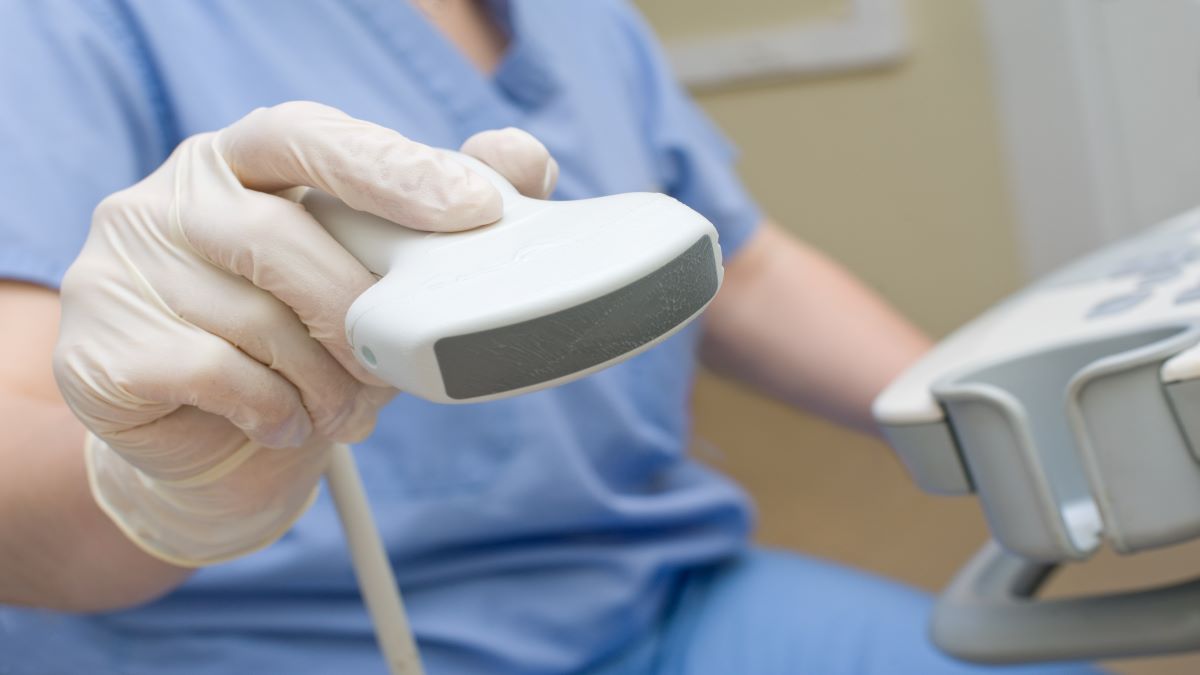Ureteral obstruction is a blockage of the tube carrying the urine from the kidney to the bladder. Nowadays, it is easily treatable. Nonetheless, leaving this abnormality without attention can cause severe and sometimes irreversible complications. Therefore, it is essential to diagnose and treat ureteral obstruction in a proper way.
Diagnosis of ureteral obstruction
It is a common practice for doctors to diagnose ureteral blockage even before the birth of a baby. First, they identify the disorder during routine prenatal ultrasounds. It is a procedure that shows the developing fetus in detail, including all parts of the urinary tract. Then, to reexamine the newborn’s kidneys, the doctor usually performs another ultrasound test after the baby’s birth. Finally, if the healthcare provider suspects the blockage of the ureter, he may suggest some of the following tests:
- Blood and urine tests are a collection and examination of the patient’s blood and urine samples. The specialist searches for the presence of either infection or creatinine. The last is a sign of abnormal kidney work.
- A renal nuclear scan is a procedure during which the healthcare provider injects dye containing an insignificant amount of radioactive substance. Usually, it is an injection into the arm. A special camera then analyses radioactivity throughout the body. As a result, the doctor obtains images used to evaluate the urinary tract.
- Ultrasound enables the doctor to examine kidneys and ureters. The specialist analyses the area behind the organs in the patient’s abdomen.
- Computerized tomography (CT) scan is a combined work of X-rays and computers that results in cross-sectional images of the urinary tract organs.
- Cystoscopy is a process when the doctor inserts a tiny tube with a camera and light into the patient’s urethra. Alternatively, it can be placed through a small incision. This diagnostical method provides the doctor with a view of the inside of the urethra and bladder.
- Voiding cystourethrogram is a test that shows an abnormal urine flow. Through the urethra, the doctor inserts a tiny tube into the bladder and injects dye there. Then, he takes X-rays of organs of the urinary system before and after the patient urinates.
- Magnetic resonance imaging (MRI) is a method that uses a magnetic field and radio waves to create a detailed image of the organs and tissues. To observe the organs of the urinary tract, the doctor performs an abdominal MRI.
Ureter blockage treatment
Treatment of ureteral obstruction focuses on removing or bypassing the blockage. It, in turn, may help to repair damaged kidneys. Options for treatment of ureter blockage may include the use of antibiotics, drainage procedures and surgery.
Drainage procedures
In some situations, a ureteral blockage causes intense pain. If this is a case, the doctor may recommend removing the urine from the patient’s body. It will alleviate the problems caused by ureteral obstruction for some time. The doctor, in this case, a urologist, may recommend the following procedures:
- Percutaneous nephrostomy is an insertion of a tube through the back to empty the kidney directly.
- A ureteral stent is an insertion of a hollow tube into the ureter. Its task is to keep the ureter open.
- A catheter is a tiny tube that, when inserted through the urethra, connects the bladder to the external drainage bag. It is especially useful when an issue with the patient’s bladder also impacts poor drainage of kidneys.
A urologist suggests using a particular drainage procedure or their combination according to the patient’s condition. This treatment method can result in temporal or permanent relieve of the symptoms.
Surgery
There are several types of ureteral obstruction surgery used as a treatment of ureter blockage. The primary differences between these procedures are the number of incisions made during operation and the recovery time. Therefore, the doctor determines which surgery to perform according to the patient’s condition.
Methods of surgical treatment of ureteral obstruction include:
- Endoscopic surgery is a procedure with minimal invasiveness. Through the urethra, a lighted scope is passed into the bladder and other parts of the urinary tract. The surgeon performs a cut in the ureter where damage or a blockage occurs. It helps widen this part of the ureter and allows the doctor to put a hollow tube there. The last is called a stent, and it aids in keeping the ureter open. A doctor may suggest the use of endoscopic surgery for both diagnosis and treatment.
- Laparoscopic surgery is a procedure where the doctor inserts a tiny tube with a camera and light to observe the patient inside. The surgeon performs one or a few small cuts through the skin to place a tube and other instruments needed for the operation.
- Open surgery is a procedure where the surgeon makes an incision in the patient’s abdomen to perform surgery.
- Robot-assisted laparoscopic surgery is a laparoscopic procedure during which the surgeon uses a robotic instrument to operate.
















Leave a Reply
You must be logged in to post a comment.